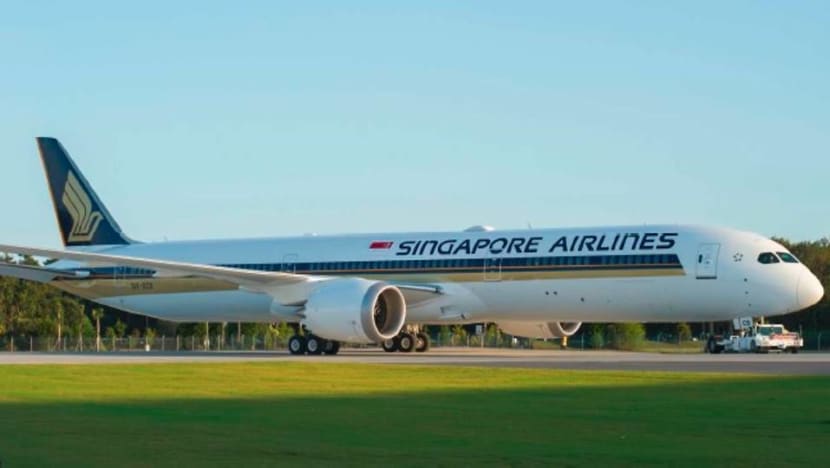

Following the release of a preliminary report into the Air India crash last month, Singapore Airlines (SIA) and Scoot have conducted checks on the fuel switches of their Boeing 787 aircraft. The Air India crash, which occurred on June 12 and killed 260 people, has brought the Boeing 787 engine fuel cutoff switches into focus.
The preliminary report by India's Aircraft Accident Investigation Bureau (AAIB) indicated that the fuel control switches on the Air India Boeing 787-8 Dreamliner were moved from the "run" to the "cutoff" position shortly after takeoff, which cut off the fuel supply to the engines. The report also revealed a startling exchange between the pilots captured on the cockpit voice recorder, with one pilot asking the other why he cut off the fuel, to which the other responded that he did not. The report did not identify which pilot made which remark.
SIA, in response to queries, stated that as a precautionary measure, they have completed checks on the fuel switches of their Boeing 787 aircraft. The airline emphasized that the safety of their customers and staff is their top priority.
The FAA has stated that the fuel cutoff switches aboard the Boeing 787 Dreamliner are functioning properly and do not pose a safety threat. The FAA has concluded its review and informed carriers that there is no systemic flaw in the design of the switches. These guarded toggle switches are located on the center console between the pilots and are specifically designed to prevent accidental activation.
The AAIB report mentioned a 2018 FAA service bulletin that alerted operators to a possible disengagement of the locking feature on fuel switches. The bulletin was based on issues reported in Boeing 737 aircraft. Air India informed investigators that it had not conducted the recommended inspections, noting the advisory was not mandatory. According to an engineer certified on the aircraft, Air India had replaced the throttle control module—which includes the fuel switches—in both 2019 and 2023. In Boeing 787 aircraft, the thrust control module and fuel switches are part of the same quadrant unit.
Other airlines and aviation authorities have also taken action following the preliminary report. India has ordered its airlines to examine fuel switches on several Boeing models. South Korea is preparing to order all airlines in the country that operate Boeing jets to examine the fuel switches. Japan's JAL has stated it would implement any necessary inspections based on its findings.
Aviation experts have weighed in on the preliminary report, with some suggesting that the movement of the fuel switches was a deliberate act, while others point to the possibility of human error. The switches are designed with a locking mechanism and a guard to prevent unintentional movement.
The preliminary report has raised concerns about human factors and cockpit management. The AAIB is continuing to investigate the fuel cutoff event, the subsequent engine relight attempts, and the decision-making dynamics between the flight crew.